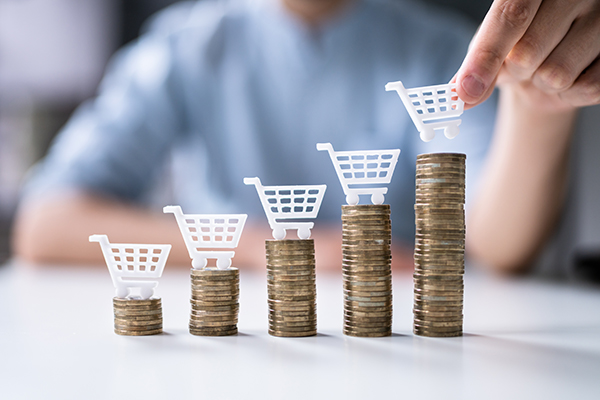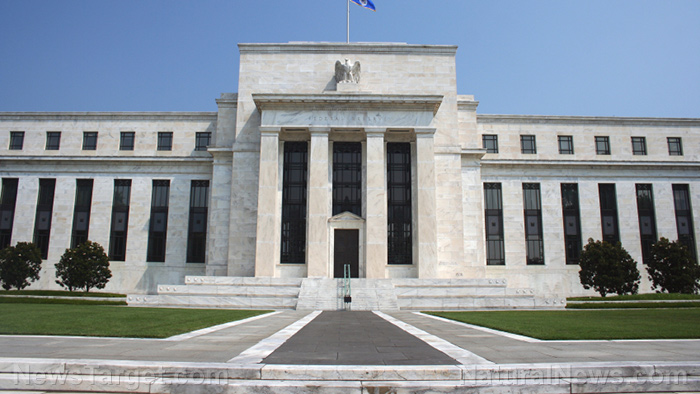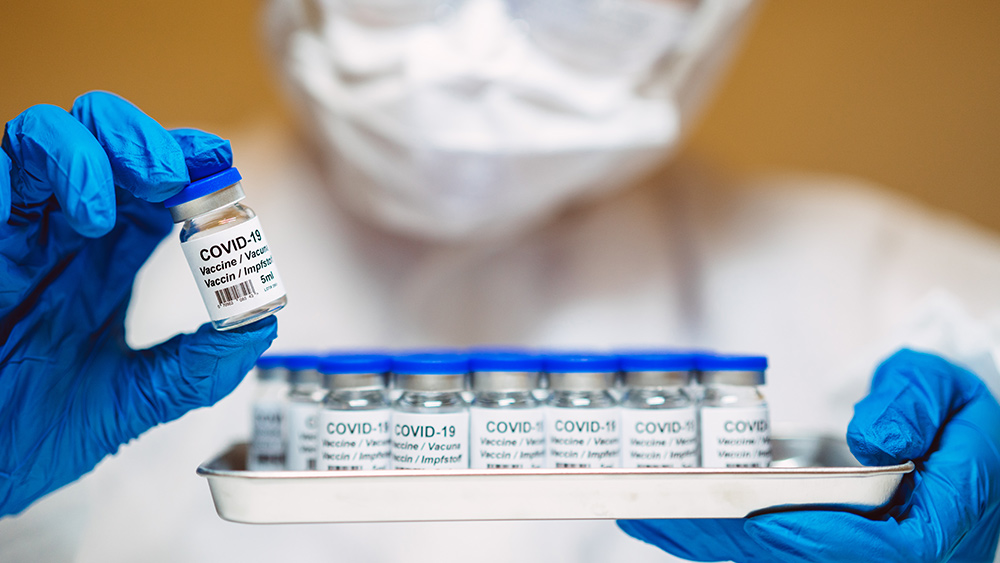 Parler
Parler Gab
Gab
- U.S. consumer prices rose just 0.1 percent in May, continuing a four-month trend of modest inflation and challenging predictions that tariffs would sharply raise costs.
- Falling gas prices – down 2.6 percent in May and 12 percent year-over-year – helped keep overall inflation in check, while food and service prices saw only moderate increases.
- Durable goods, apparel, vehicles and other sectors expected to be affected by tariffs showed flat or declining prices, weakening claims of tariff-driven inflation.
- The data support Trump's long-held position that tariffs can protect U.S. jobs and industries without sparking inflation, causing some economists to reconsider prior assumptions.
- Trump continues to advocate for broad tariffs of 10 percent on imports, arguing they encourage domestic investment – a stance gaining new traction as inflation remains controlled.
Trump is right: Tariffs won't drive up consumer prices
Trump has long argued that his economic strategy, including a broad reworking of trade agreements and the implementation of targeted tariffs, would not drive up consumer prices. During his 2024 presidential campaign, Trump first imposed the idea of a broad tariff of 10 to 20 percent on all imported goods to encourage investment within the United States and strengthen domestic manufacturing. (Related: Trump vows to fight inflation and cut energy costs if reelected.) "It's going to have a massive effect – positive effect. It's going to be a positive effect," Trump said in an interview at the Economic Club of Chicago in October during his 2024 presidential campaign. "It must be hard for you to spend 25 years talking about tariffs as being negative and then have somebody explain to you that you're totally wrong." Trump sees tariffs as a tool to shield American industries and preserve U.S. jobs, even though his critics view the exact opposite. "The higher the tariff, the more likely it is that the company will come into the United States and build a factory in the United States so it doesn't have to pay the tariff," Trump said in Chicago in October. Now, the latest inflation figures lend weight to that argument, prompting economists to reassess earlier assumptions about the inflationary effects of tariffs on imported goods. Follow Trump.news for more news about his second administration. Watch the video below about President Donald Trump vowing to bring prices way down during his 2024 presidential campaign. This video is from the NewsClips channel on Brighteon.com.More related stories:
Trump declares war on the Fed: A clash over inflation, regulation and American prosperity.
Trump faces economic crisis: Inflation, debt and a faltering job market threaten America's future.
Sources include: YourNews.com TheHill.com Brighteon.comTrump faces scrutiny over deceptive Iran bombing plan as global tensions escalate
By Finn Heartley // Share
Federal Reserve pauses rate cuts, warns tariffs will drive inflation amid fragile economy
By Willow Tohi // Share
RFK Jr.’s revamped CDC panel votes on mercury-laced vaccine preservative amid autism concerns
By Willow Tohi // Share
Governments continue to obscure COVID-19 vaccine data amid rising concerns over excess deaths
By patricklewis // Share
Tech giant Microsoft backs EXTINCTION with its support of carbon capture programs
By ramontomeydw // Share
Germany to resume arms exports to Israel despite repeated ceasefire violations
By isabelle // Share









